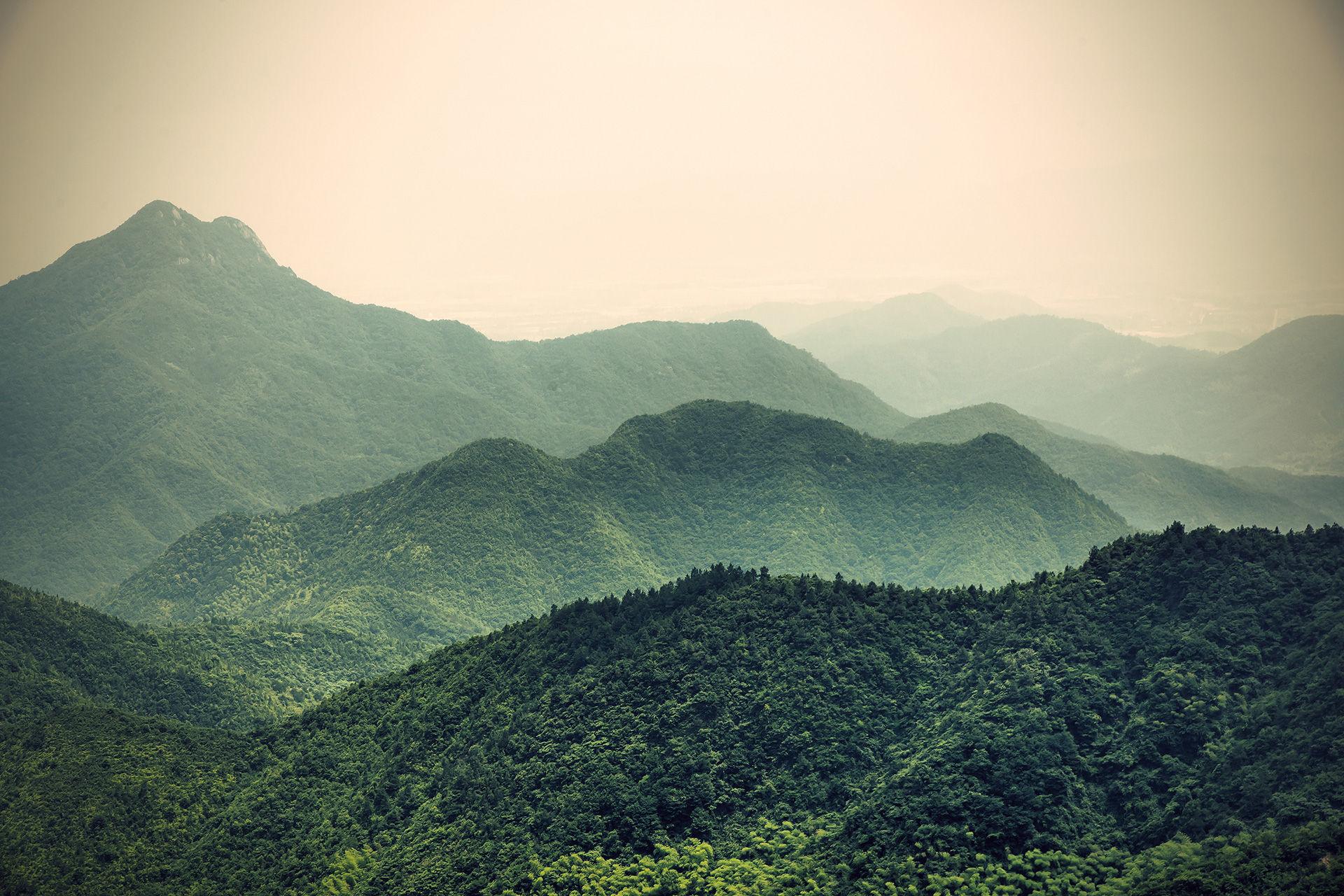
ESTIEM EUROPE3D MAC3DONIA
The appearance of the cinema in Macedonia dates from the beginning of the 20th century. Ten years after the promotion of this new art at the famous Grande Caffe in Paris (1895), the Manaki brothers shot the first filmed scenes in the Balkans, on Macedonian soil, thus marking the expansion of the new medium.
The shots by Milton and Janaki Manaki at the beginning of their careers were in Bitola, Bar, and Avdela. Conceived as individual film episodes, these scenes of family life and collective rites and customs have preserved their documentary and ethnologic value up to the present day (these include Despa Manaki Spinning, The Celebration of Epiphany, A Fair in Ber). However, scenes of films made in the following years already announced the maturity of Milton's talent. In the documentary about the visit of Sultan Reshad to Thessaloniki and Bitola (1911), he displayed abundant documentary material in more complex genre forms (feuilleton, chronicle, and report).of the new medium.
Macedonian Film

Most Famous Macedonian Films
-
Before the rain (1994)
-
Gypsy Magic (1997)
-
Dust (2001)
-
Mirage (2004)
-
The Great Water (2004)
-
Balkan-Kan (2005)
-
Shadows (2007)
-
Mothers (2010)
-
Punk's not dead (2011)
-
The Third Half (2012)
Throughout the past century, the medium of film has depicted the history, culture and everyday life of the Macedonian people. Over the years many Macedonian films have been presented at film festivals around the world and several of these films have won prestigious awards.
The first Macedonian feature film was Frosina, released in 1952. The screenplay was written by Vlado Maleski, who wrote the lyrics for the Macedonian national anthem, and it was directed by Kiro Bilbilovski. The first feature film in colour was Miss Stone, a movie about a Protestant missionary in Ottoman Macedonia. It was released in 1958.
The most famous Macedonian director is Milčo Mančevski, whose debut feature film Before the Rain was nominated for an Academy Award. The highest grossing feature film in the Republic of Macedonia was Bal-Can-Can, having been seen by over 500,000 people in its first year alone.









